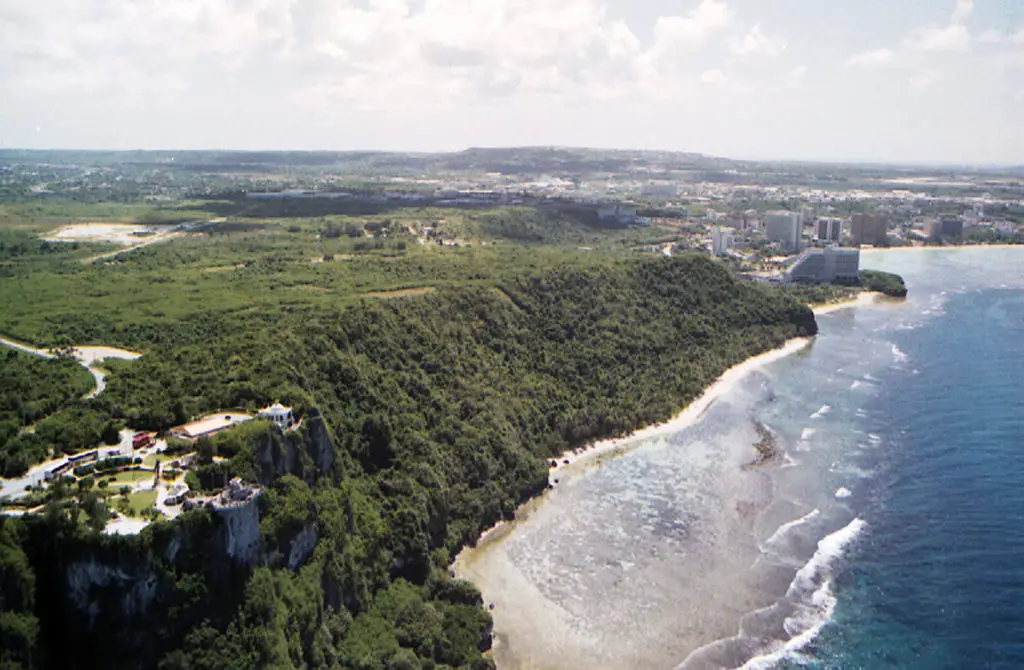Update: Land Ownership in Guam

Significant developments relative to the return of lands to the people of Guam have occurred since the original publication of this article in 1996. For instance, the Chamorro Land Trust Act (21 GCA §§ 75101-75117) or the statute enacted in 1975 to provide for the disposition of public lands in a manner that facilitated the social, cultural, and economic well-being of the Chamorro people, has been implemented, albeit on an incremental basis.
As of December 2012, the Chamorro Land Trust Commission (CLTC) has awarded deeds to more than 2,500 acres of land to eligible beneficiaries for agriculture, residential, and commercial purposes (see Chamorro Land Trust Commission 2011 Citizen Centric Report). Nevertheless, thousands remain on a waiting list maintained by the CLTC, awaiting approval of their respective residential, agricultural, or commercial lease applications. At the top of the list are nearly 4,000 applicants who submitted their applications in 1995. Although new applicants are technically welcome to apply for leases under the program, the CLTC has publicly announced that it is prioritizing the backlogged 1995 applicants.
For its part, the United States Congress in 1994 enacted the Guam Excess Lands Act (see the 1994 Guam Excess Lands Act, Public Law 103–339; 108 Stat. 3116), a measure directing the US General Services Administration (GSA) to transfer, at no cost to Guam, unused parcels of federal property back to the territory for public benefit. As of 2011, the GSA has executed and delivered fifteen deeds to Guam, totaling more than 2,767 acres.
A major victory for the people of Guam occurred in March of that year, when the GSA delivered the deed to some 450 acres of land in South Finegayan. The returned land included the historic village of Hila’an, a culturally significant archeological site comprising 136 acres listed in the Guam Historic Register. Other properties that have been identified for return to Guam include the Harmon cliff line properties, which in the meantime local nonprofit organizations have been permitted to use.
These developments are the fruit of collaboration between the US federal government and the Government of Guam via the Guam Ancestral Lands Commission, a body created by statute (21 GCA §§ 80101 – 80106) in 1999 by the Guam Legislature in order to effectuate the transfer of title of so-called “excess” federal lands to the Government of Guam and ultimately to the original landowners or their heirs.
Despite these gains, a sense of moral indignation remains among many due to the continued control by the US Department of Defense (DoD) of nearly 36,000 acres of land in Guam, or approximately one-fourth of the island. That sense crystallized and came to a boil in November 2009 with the DoD’s release of its Draft Environmental Impact Statement regarding the impending military buildup in Guam originally slated for 2014. The 11,000-page document revealed US military plans to acquire, among other things, some 600 additional acres of land in the Finegayan area to build new military housing and offices as part of its planned military buildup of the island. The DoD controls more than 27 percent of the island of Guam as of July 2013, an area that, if concentrated, would be approximately as large as the villages of Inalåhan, Malesso’, Talofo’fo’, and Humåtak combined.
Editor’s note: This entry by Attorney Julian Aguon provides an update to “Issues in Guam’s Political Development: Land,” by Michael F. Phillips, in Kinalamten Pulitikåt: Siñenten I Chamorro: Issues in Guam’s Political Development: The Chamorro Perspective, by the Political Status Education Coordinating Commission, 1996, pp. 17-25, which was republished on Guampedia with permission from the Department of Chamorro Affairs.
For further reading
Supreme Court of Guam Compiler of Laws. “Chapter 74A. Chamorro Land Trust Commission.” Guam Code Annotated, last modified 28 June 2021.
––– “Chapter 80. Guam Ancestral Lands Commission.” Guam Code Annotated, last modified 28 June 2021.
US Congress. House. Guam Excess Lands Act. HR 2144. 106th Congress. Introduced in House 18 May 1993.
